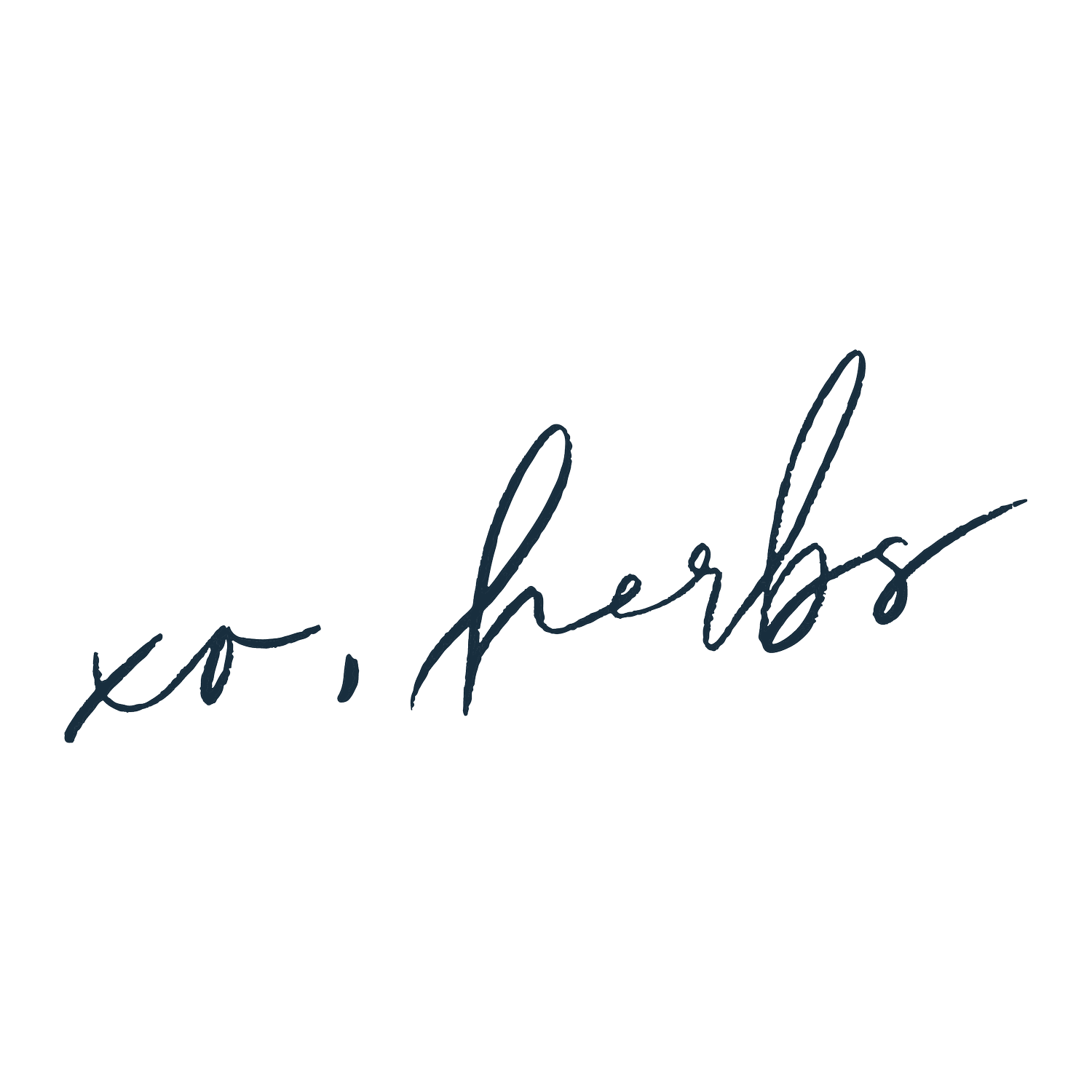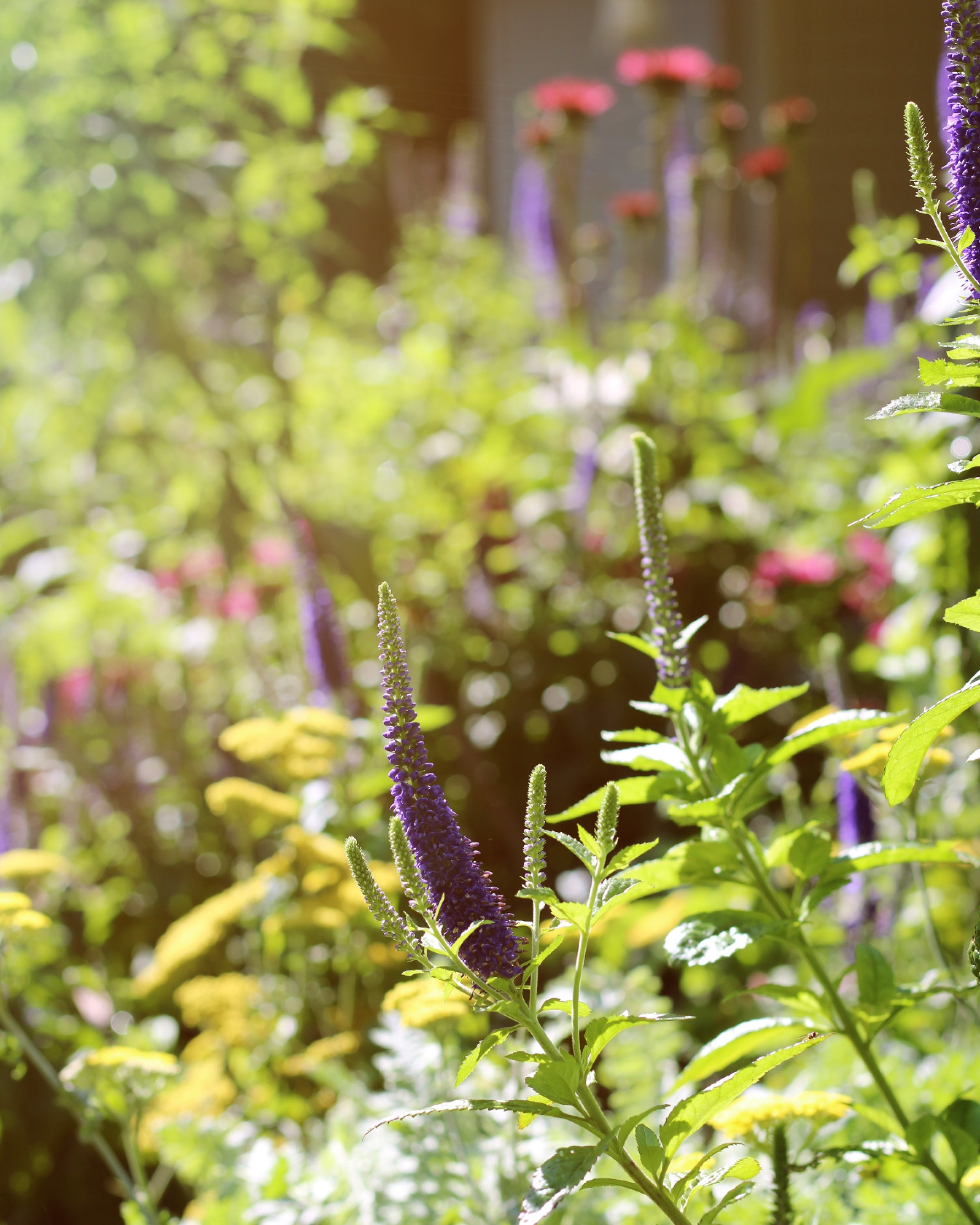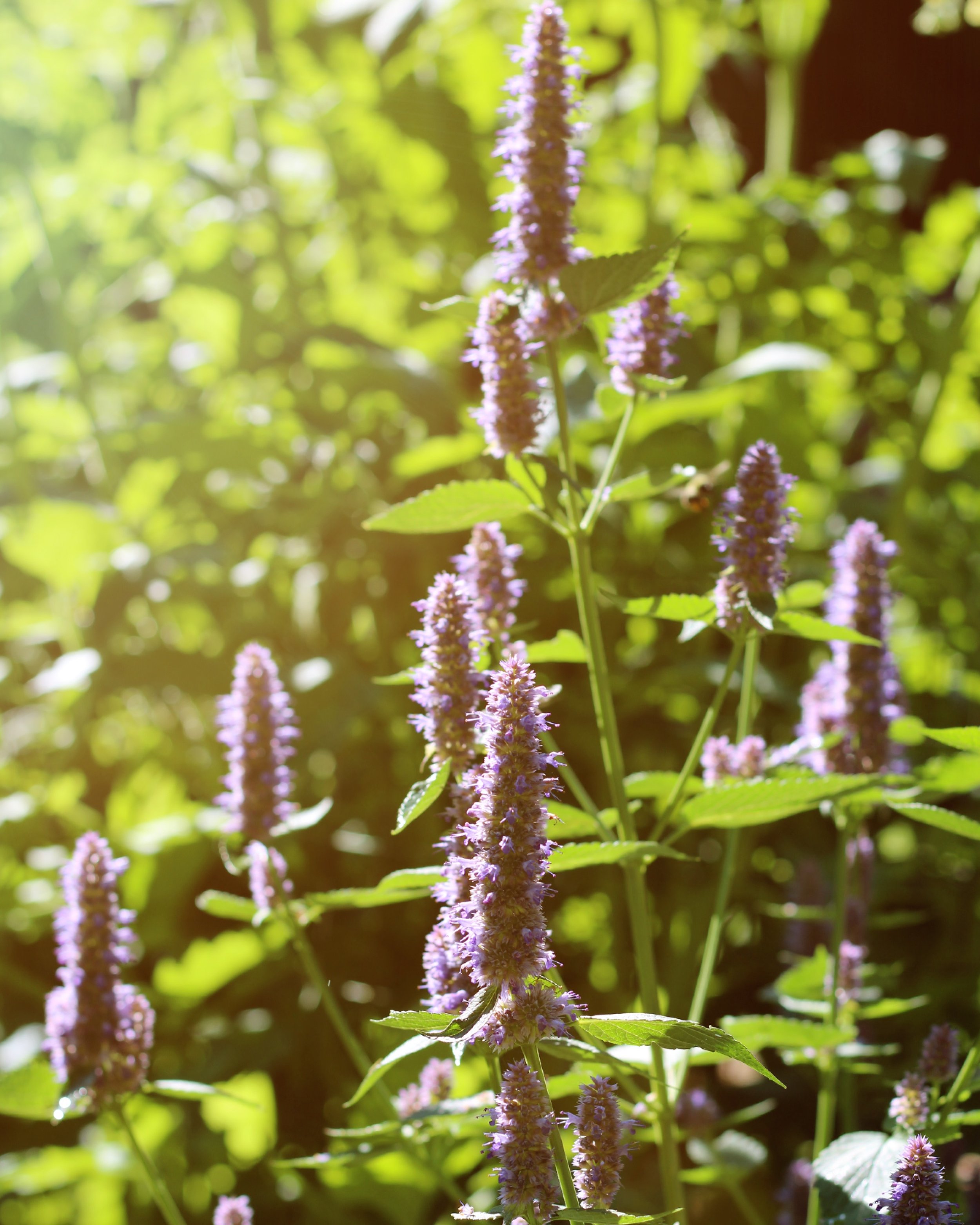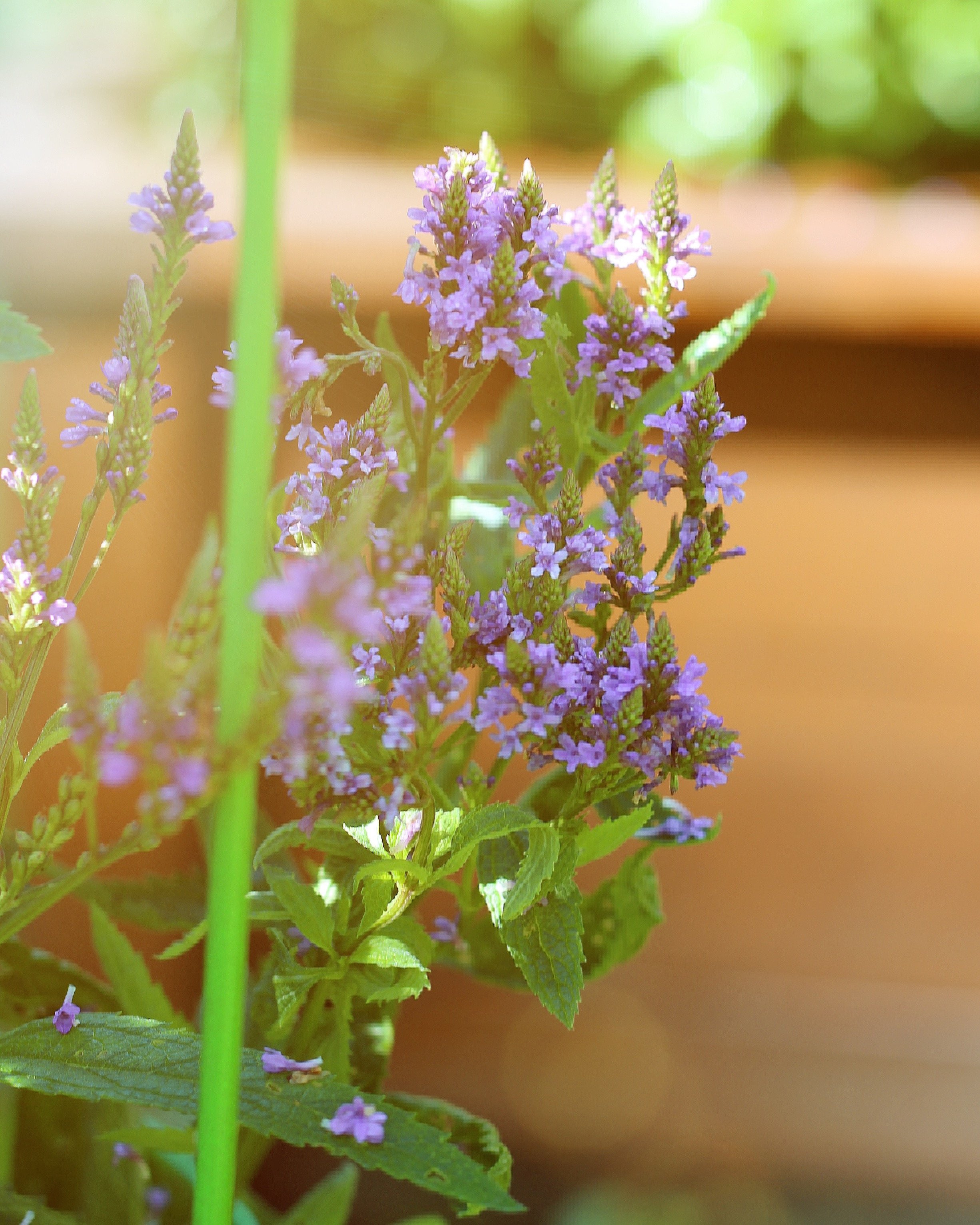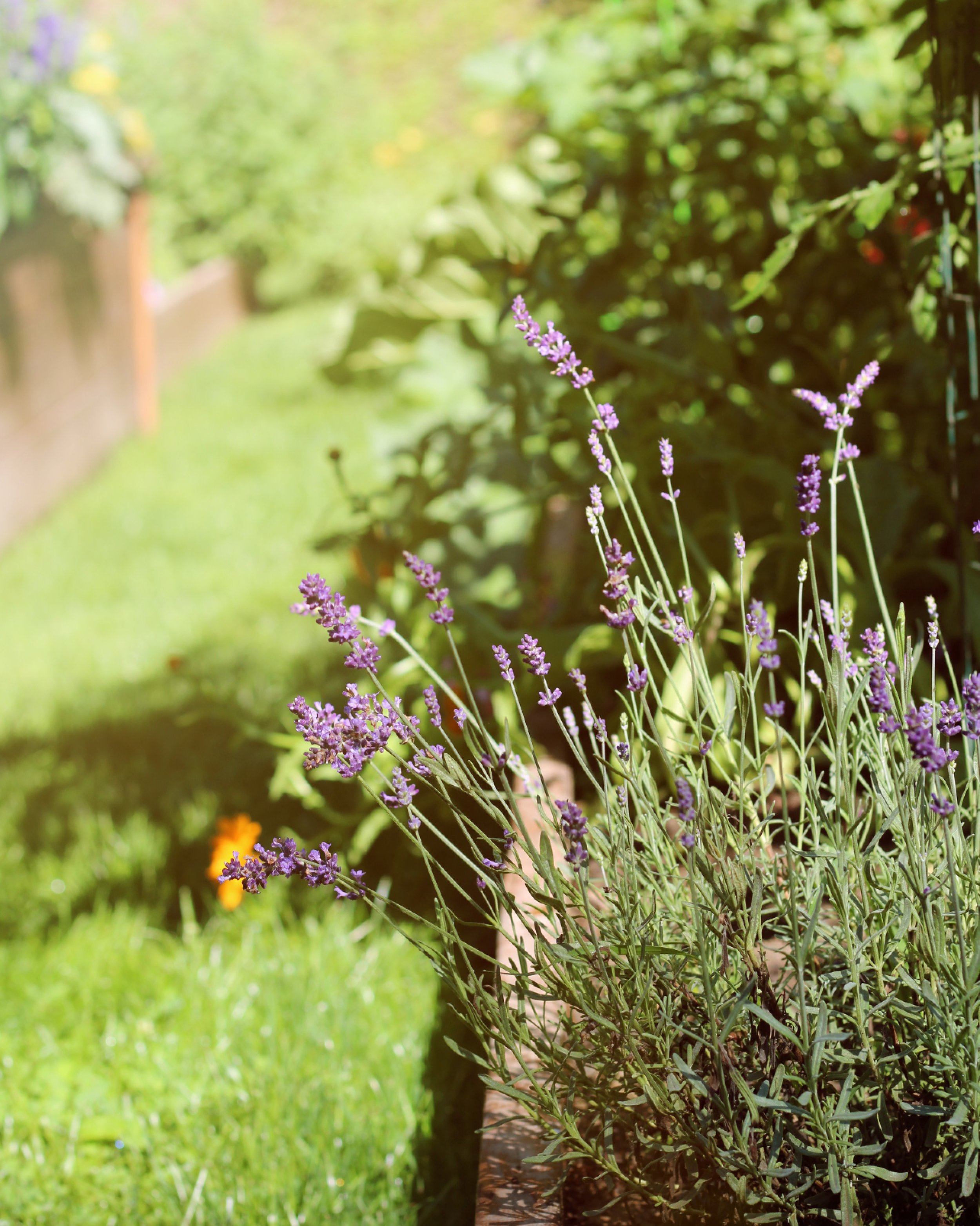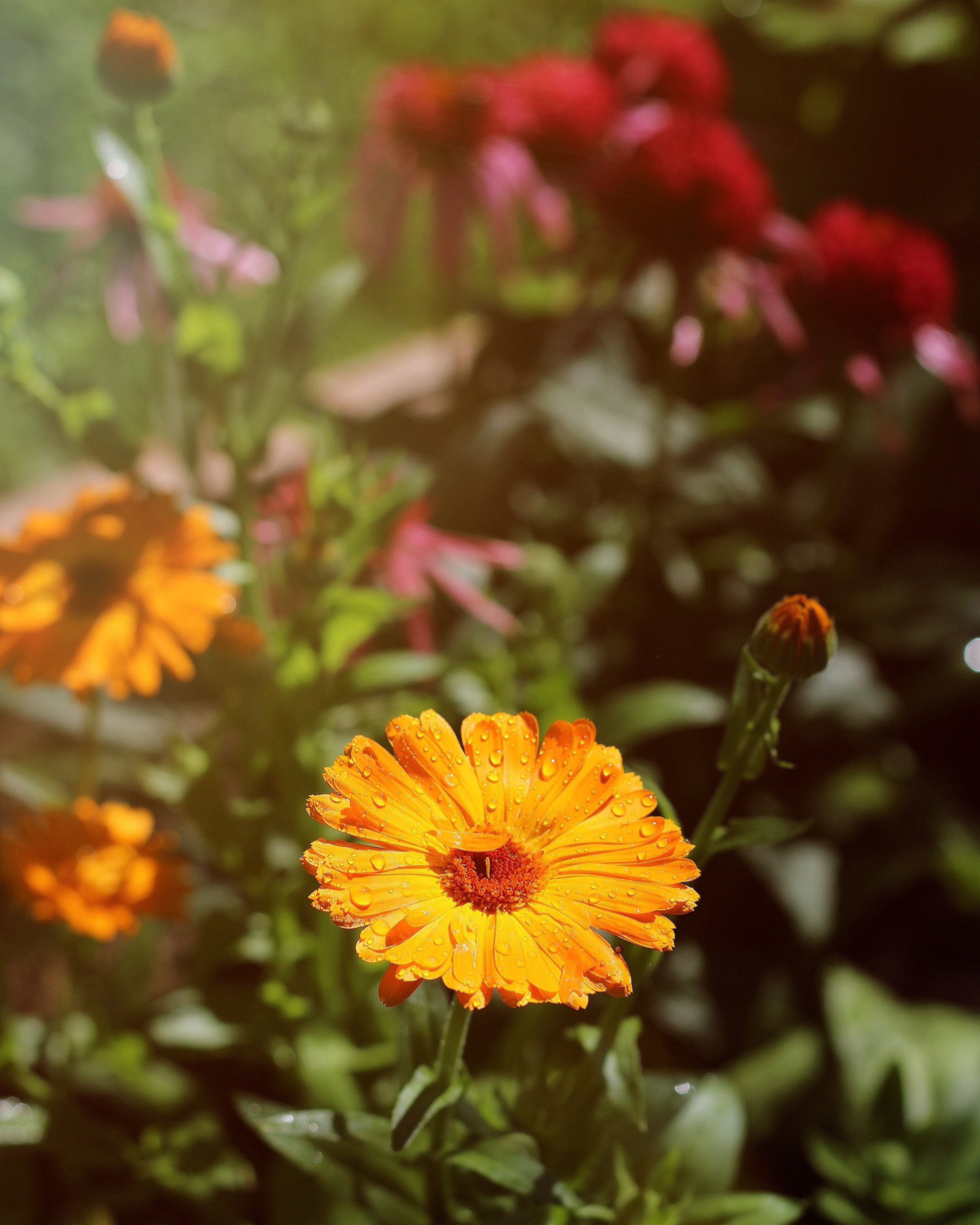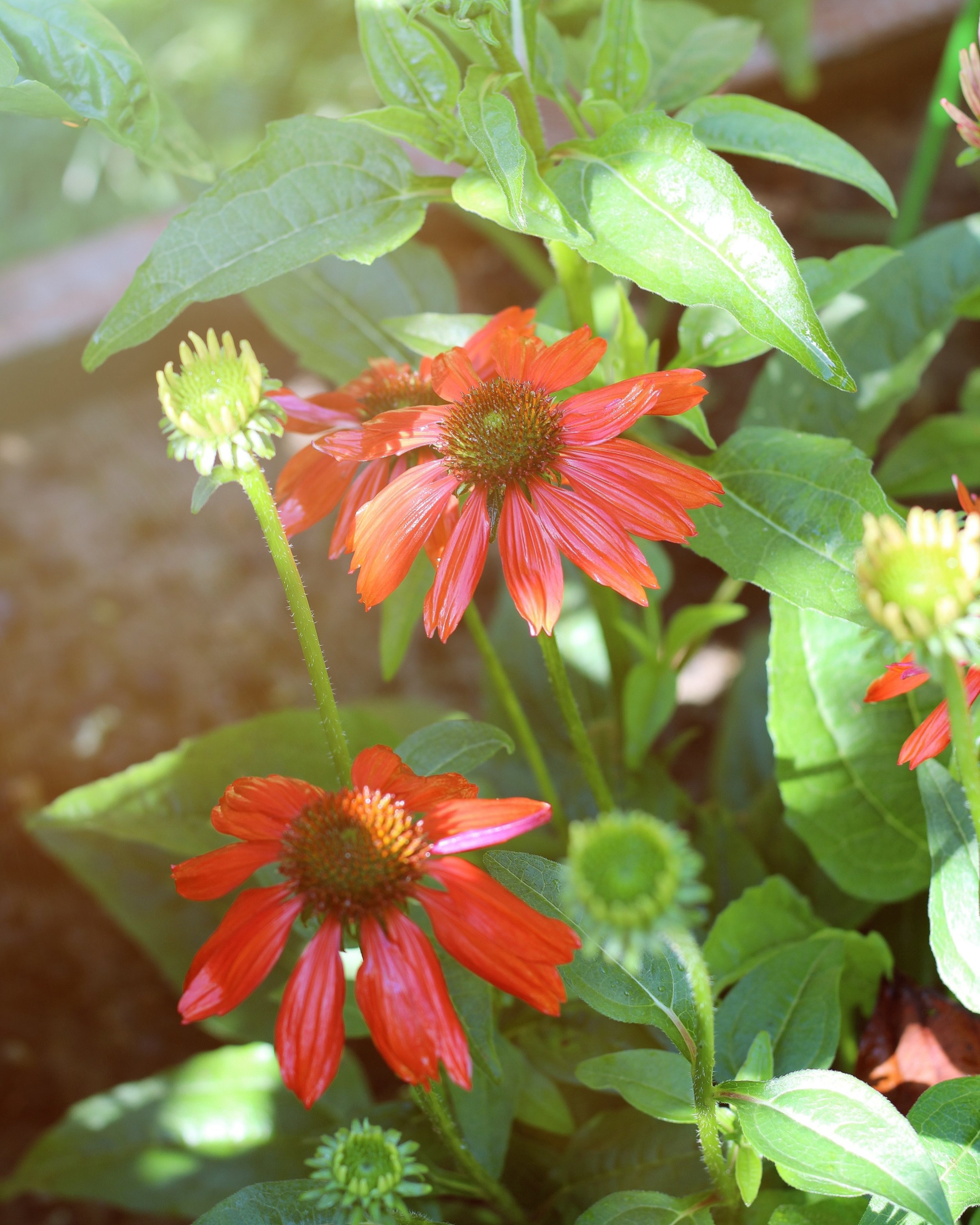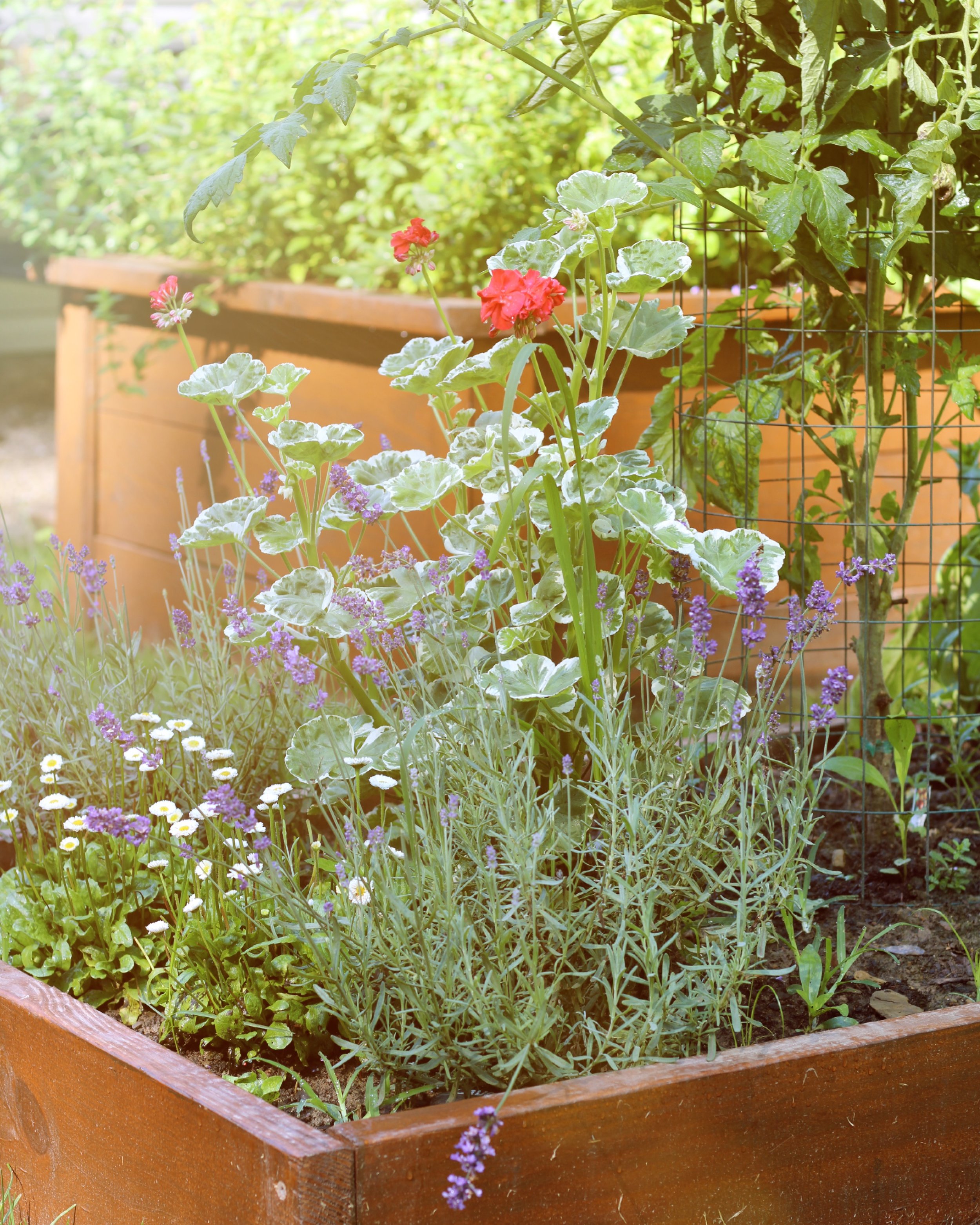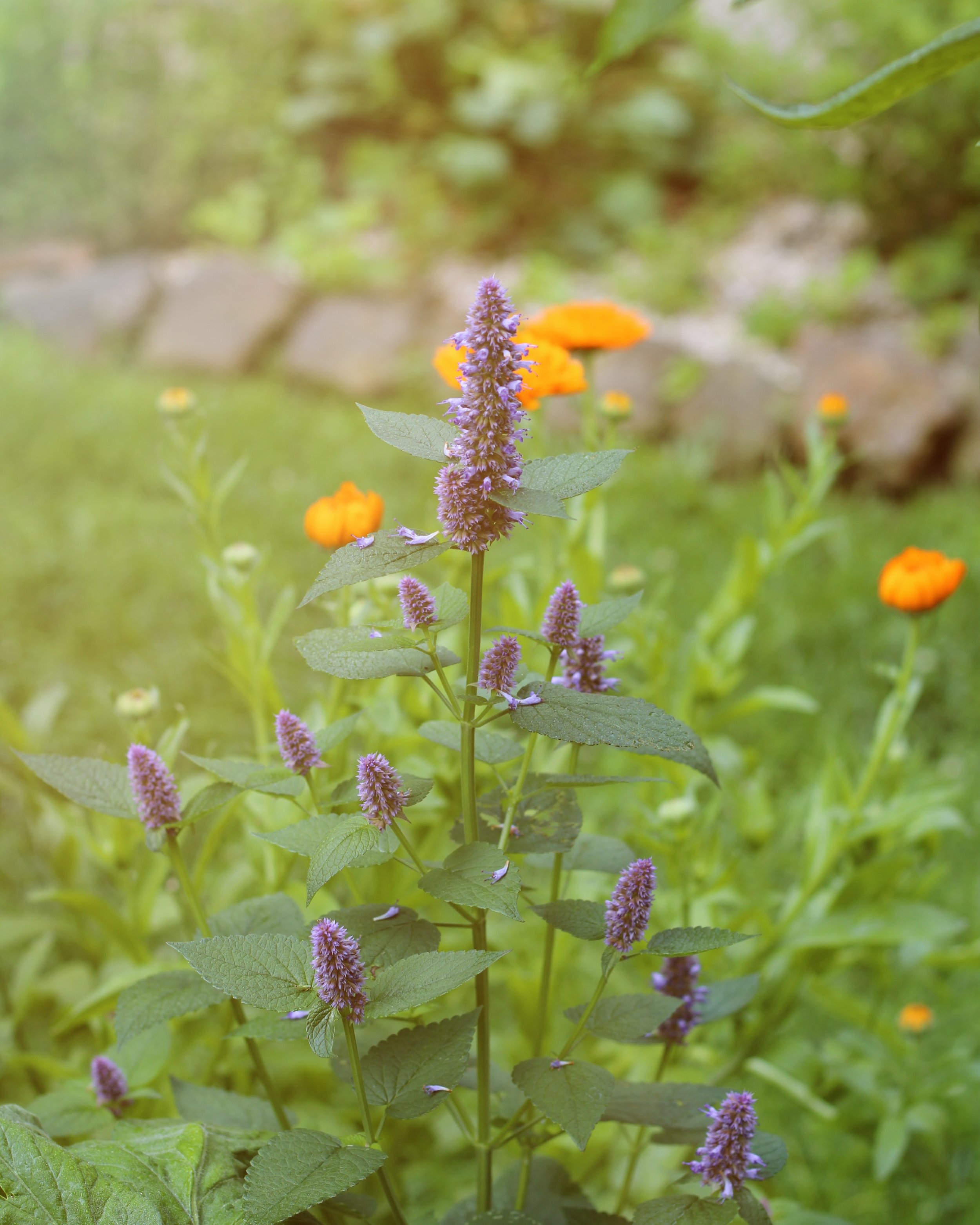Must Love Herbs Garden
The “Herb Garden” I grow outside my kitchen window is such a healing place. Being able to walk out the door and into such a lush and overflowing sanctuary has been one of my favorite accomplishments.
I grew up in gardens. If you’ve been here long you know that my “Big Daddy” (maternal grandfather) is the one that taught me and everyone else in my family to garden. I was raised in acres of tomato filled gardens, a year round greenhouse, my mother’s flower garden, and the beloved wooden garden. The wooden garden was where Big Daddy put all his prized plants. Him and Cecily (the resident rat snake) spent many days bathing in the sun in that garden. He perfected every inch of it. This is what I hoped to recreate with my garden. A sense of wonder and regard for the plants I love.
My wooden garden is nestled deep in a valley between two close set mountains. This means I have to make full use of all 7 hours of sun I get a day. It consists of 7 raised planters. Six planters are 3 feet by 12 feet and 10 inches tall. The remaining planter is 4 feet by 16 feet and is 3 feet tall. I call it “Big Bertha”. The garden is small by some standards, but I have managed to pack well over 60 varieties of plants in it. Much of this due to my complete and utter disregard for spacing guidelines! Ha!
Below is a current list of what I have growing in the garden:
Mr. Stripey Tomatoes
Aunt Ruby’s Tomatoes
Brandywine Tomatoes - red & yellow
Lemon peppers
Habaneros
Basil (green & purple)
Geraniums (zonal) - red, pink & coral.
Zinnias - coral, hot pink, wine, rust, & yellow
Tulsi/Holy Basil
Anise hyssop
Mountain Mint
Mulla Mulla
Chamomile
Calendula
Yarrow
Dill
Echinacea - purple, Cheyenne spirit, double scoop bubble gum, & fatal attraction
Thyme
Eucalyptus
Catnip
Elderberry
Lavender
Rosemary
Blackberry
Gooseberry
Marionberry
Salvia
Veronica
Bergamot - Bee Balm (both wild and cultivar)
Pansies
Johnny jump ups
Oregano
St. John’s Wort
Lemon Balm
Daylilies
Impatiens - walleriana
Black Eyed Susan’s
Blue Aster
Celery
Bearded tongue Foxgloves
Sage (green & purple)
Stokes Aster
Blue Vervain
Marshmallow
Pin cushions
Bachelor buttons
Sedum Autumn joy
Allium - serendipity
Chilean aven
Hosta
Rhubarb
English daisies
Every item in the garden is either safe to use on my baked goods, medicinal, or a vegetable. There are no toxic varieties except one petunia a student got me and I couldn’t part with. But, I know not to eat it! Ha!
Now, I asked you all some things you’d most like to know about the garden in an Instagram story. I was truly overwhelmed by the response. So many of you have a real urge to learn and grow. I absolutely love it because so do I! Gardening is a lifelong journey. Each year you will learn many new things. We also can learn so much from each other. Below are some of the questions asked as well as my best answers.
“How do you know things are safe to eat?”
Google is a powerful tool. Especially if you don’t have access to a large library of books. Simply type in the scientific name for the plant with “edibility”. Make sure that at least three trusted sites tell you that it is. If so, start small and see how you like the plant and make sure you have no adverse reactions. Remember, just because a peanut is edible doesn’t mean it is to everyone!
“How is your garden so healthy?”
Appalachia is considered a temperate rainforest. We get frequent summer showers that keep our plants lush and happy. My raised planters have a 1:1 mix of river bank topsoil and mushroom compost. The mushroom compost is heavily mixed into the top 5 inches of dirt. It’s less dense than topsoil. This makes it ideal for tender plants looking to spread their roots. It’s also packed full of vital nutrients plants need. I also water with Superthrive once a month if we’ve had a dry spell. The plants love it and it’s suitable for organic gardening.
“How do you keep pests away?”
Having a garden full of aromatic herbs is my biggest trick here. Examples of this are planting geraniums around the tomatoes and Catnip & anise hyssop near the berries. I also go through and remove by hand any pests I see. Right now I am battling Japanese beetles on my rhubarb and basil. I go through and hand remove any I can get. My favorite is to cut them in half with scissors. But simply picking them up and placing them in a cup of soapy water is sufficient if you aren’t as angry with them as I am. Ha!
As for furry pests… I don’t do a lot. We don’t have many deer due to the steep mountains on both sides of the garden. We also have dogs and cats. I believe that plays a role in keeping chipmunks, squirrels, raccoons, bunnies etc. away. An old Appalachian way of deterring pests is to place hair clippings in your garden. Human or dog.
Another organic option is to use cayenne around plants that are getting eaten by pests. However, this isn’t necessarily a safe option if you have kids or pets. I also really don’t enjoy the idea of a bunny with cayenne in its eyes.
I tell myself often “If something is not eating your plants, then your garden is not part of the ecosystem!” Chin up!
“Do you start all your plants from seeds?”
No. I rely heavily on local farmers and greenhouses. I have made friends with herb farmers, local rehabilitation greenhouses, as well as traditional farmers. Each spring I go to each and stock up. If there is a special variety I know I won’t be able to find locally then I start them from seed! It is completely possible to start your garden entirely from seed. It’s also completely acceptable to buy plants only! I like a mix of both.
Wondering how you can find local farmers? The farmers market is a GREAT place to start!
I hope this answered a few of your questions and concerns! If not, you’re always welcome to message me on Instagram - where I’m most active!
Happy Gardening, sweet friends!
